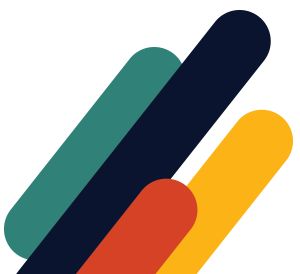
65% of students at colleges and universities across the United States skip purchasing required instructional materials for classes due to cost.[1]
Increase student success and build equity in our classrooms by leveraging the power of open education.
What is open education?
Learning resources, teaching practices, and education policies that use the flexibility of OER (Open Educational Resources) to provide learners with high quality educational experiences. (credit - William & Flora Hewlett Foundation)
It’s simple.
Students without access to required materials are unable to perform to their potential. Integrating OER can help to alleviate the hidden-cost burden of textbooks and other required instructional materials.
How does it benefit instructors?
OER gives instructors the ability to modify and remix content to fit learning objectives rather than feeling the need to adapt their classes to fit the objectives of an expensive textbook.
Instructors can create immersive and authentic learning experiences students are looking for.
Open pedagogy can help to push forward life-transformative education at UConn and beyond, empowering students as learners, researchers, creators, and educators.
“Open pedagogy is “the practice of engaging with students as creators of information rather than simply consumers of it. It's a form of experiential learning in which students demonstrate understanding through the act of creation. The products of open pedagogy are student created and openly licensed so that they may live outside of the classroom in a way that has an impact on the greater community.”
(credit - University of Texas at Arlington Libraries)
[1] Cailyn Nagle and Kaitlyn Vitez, Fixing the Broken Textbook Market, 3rd ed. (Washington D.C: U.S. PIRG Education Fund, 2021), 2, https://studentpirgs.org/assets/uploads/2021/02/Fixing-the-Broken-Textbook-Market-Third-Edition-February-2021.pdf.pdf.